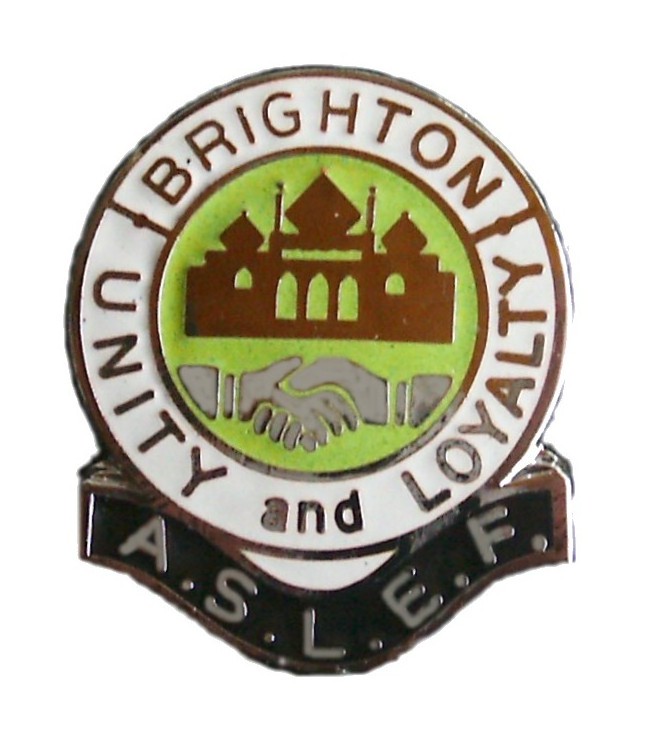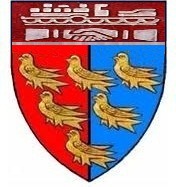Collision at Redhill Goods Station
24th August 1857
By G. Wynne Lt Colonel R.E.
On the 24th August, 1857, a collision took place at Redhill Goods station of the London, Brighton, and South Coast Railway,
between a passenger and a goods train.
The goods train left Brighton at 10.35 a.m., and was due at Redhill at 1.17, but did not arrive until 2.15. on arriving, the driver
was directed to take five wagons out of a siding which had some other wagons standing in front of them. This operation, it
appears, by the statement of the guard of the goods train, took up something less than ten minutes, as he states that they were
in the act of shunting the train into the lower siding at 2.25, and had got the whole of the train in, with the exception of the
engine and six wagons, when they were run into by the express train which leaves Brighton at 1.30 p.m., and is due at Reigate
at 2.33, and passes Redhill probably 3 minutes sooner. the guard of the express train, however, states that it was close on the
half hour when the collision took place.
The station is protected by two signals; a station signal and a distant signal. The former is a visible a distance 800 yards off,
and the latter at 3,000 yards. There is no doubt that both these signals were turned on, and the driver of the passenger train is
therefore without excuse.
But although the driver’s conduct is without excuse, and shows him to be altogether unfit to be trusted with a passenger train,
there is another individual quite as much as in fault, and that is the station master of the Redhill station. It is one of the printed
rules of the Company that goods trains not more than 15 minutes in advance of passenger trains are to be shunted out of the
way. By this own showing, the goods train was rather less than 15 minutes in advance of the express train; and if he had been
a person of any experience he must have been aware, that, with a train such as the goods train, composed of 31 trucks, it must
have been incurring a great risk to have attempted the operation that he did, even within a much longer interval.
The guard of the passenger train states that he saw the signal about 500 yards off, and that he put on his break, but that he had
no means of communicating with the driver. Under the circumstances, a communication with the driver would probably not
have prevented the collision; but the necessity of having a means of communicating between the guard and the driver is so
generally admitted, that I feel some surprise that the Brighton company should not have established one. I would also have
thought, with the warning the Company received in their late collision at Croydon, that they would have established the
system of working their train by means of telegraph, so essential on a line where slow and very fast trains are mixed up as
they are on this one.


